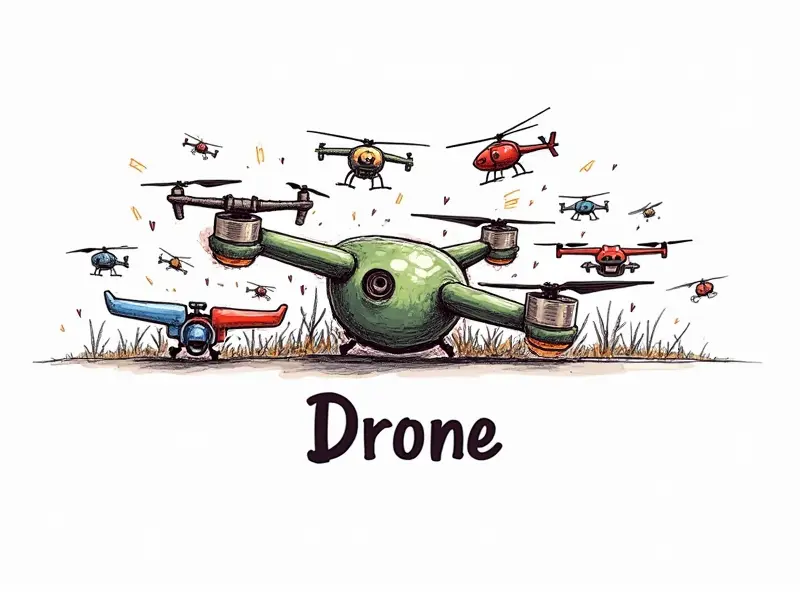DIY drone gimbal construction

Build Your Own Drone Gimbal from Scratch
Welcome to the world of drone gimbal construction! Building your own drone gimbal is an exciting and rewarding project that can significantly enhance the stability and quality of your aerial footage. In this comprehensive guide, we will walk you through every step of creating a custom drone gimbal tailored to your specific needs.
DIY Drone Gimbal Construction Guide
Before diving into the build process, it's essential to understand what a drone gimbal is and why it’s crucial for aerial photography. A drone gimbal stabilizes the camera by counteracting unwanted movements caused by wind or vibrations, ensuring smooth and steady footage.
Step-by-Step DIY Drone Gimbal Build
The process of building your own drone gimbal involves several key steps:
- Planning and Design: Define the purpose and specifications of your gimbal, such as payload capacity and desired stability.
- Gathering Materials: Collect all necessary components like servos, motors, brackets, and a camera mount.
- Assembly: Assemble the mechanical parts to create a stable frame for your gimbal.
- Electronics Setup: Connect the electronics including servos, power supply, and control board.
- Calibration: Fine-tune the gimbal's performance through software calibration.
Create a Custom Drone Gimbal Easily
Creating a custom drone gimbal is easier than you might think. By following these steps, you can tailor your gimbal to fit any camera or specific flight requirements:
- Select the Right Components: Choose servos and motors that match your payload capacity.
- Design Your Frame: Use CAD software to design a frame that accommodates all components securely.
- Test and Iterate: Test your gimbal with different payloads and adjust as needed for optimal performance.
Beginner's Guide to Building Drone Gimbals
If you're new to drone gimbals, this section is designed to help you get started. Here are some key tips:
- Start Simple: Begin with a basic design and gradually add complexity as your skills improve.
- Learn the Basics of Electronics: Understand how servos, motors, and control boards work together.
- Practice Assembly: Build several prototypes to gain familiarity with the assembly process.
How to Construct a Drone Gimbal at Home
Constructing a drone gimbal at home requires some basic tools and materials. Here’s what you need:
- Soldering Iron: For connecting electronic components.
- Multimeter: To test electrical connections.
- Cutting Tools: Such as pliers and wire cutters for assembling mechanical parts.
Make Your Own FPV Drone Gimbal
First-person view (FPV) drones require a gimbal that can handle high-speed maneuvers while maintaining stability. Here’s how to build one:
- Select Lightweight Components: Use lightweight servos and motors for better performance.
- Enhance Stability: Incorporate additional stabilization features like gyroscopes or accelerometers.
Crafting the Perfect Drone Gimbal Yourself
To craft a perfect drone gimbal, focus on precision and quality. Here are some advanced tips:
- Use High-Quality Materials: Invest in durable components that can withstand long-term use.
- Incorporate Advanced Features: Add features like auto-tuning or remote control for enhanced functionality.
Easy DIY Drone Gimbal Project
This section provides a simplified guide to building your first drone gimbal. Follow these easy steps:
- Choose Your Camera: Select the camera you want to mount on your drone.
- Design the Frame: Sketch out a basic frame design that fits your camera and other components.
- Assemble Components: Start assembling the gimbal, ensuring all parts are securely fastened.
Make a Precision Drone Gimbal
To make a precision drone gimbal, pay attention to detail in every step of the process. Here’s how:
- Measure Accurately: Use precise measurements for all components.
- Tune Carefully: Calibrate your gimbal meticulously to achieve optimal performance.
Homemade Drone Gimbal Tutorial
This tutorial will guide you through the entire process of building a homemade drone gimbal. Follow these steps for success:
- Plan Your Build: Define your goals and requirements.
- Gather Materials: Collect all necessary components and tools.
- Assemble the Frame: Construct a sturdy frame to house your gimbal.
- Install Electronics: Connect servos, motors, and control boards accurately.
Conclusion
Building your own drone gimbal is an incredibly rewarding experience that can greatly enhance the quality of your aerial photography. By following this comprehensive guide, you’ll be well-equipped to create a custom gimbal tailored to your specific needs and preferences. Whether you’re a beginner or an experienced builder, crafting a precision drone gimbal will provide endless opportunities for innovation and creativity.

